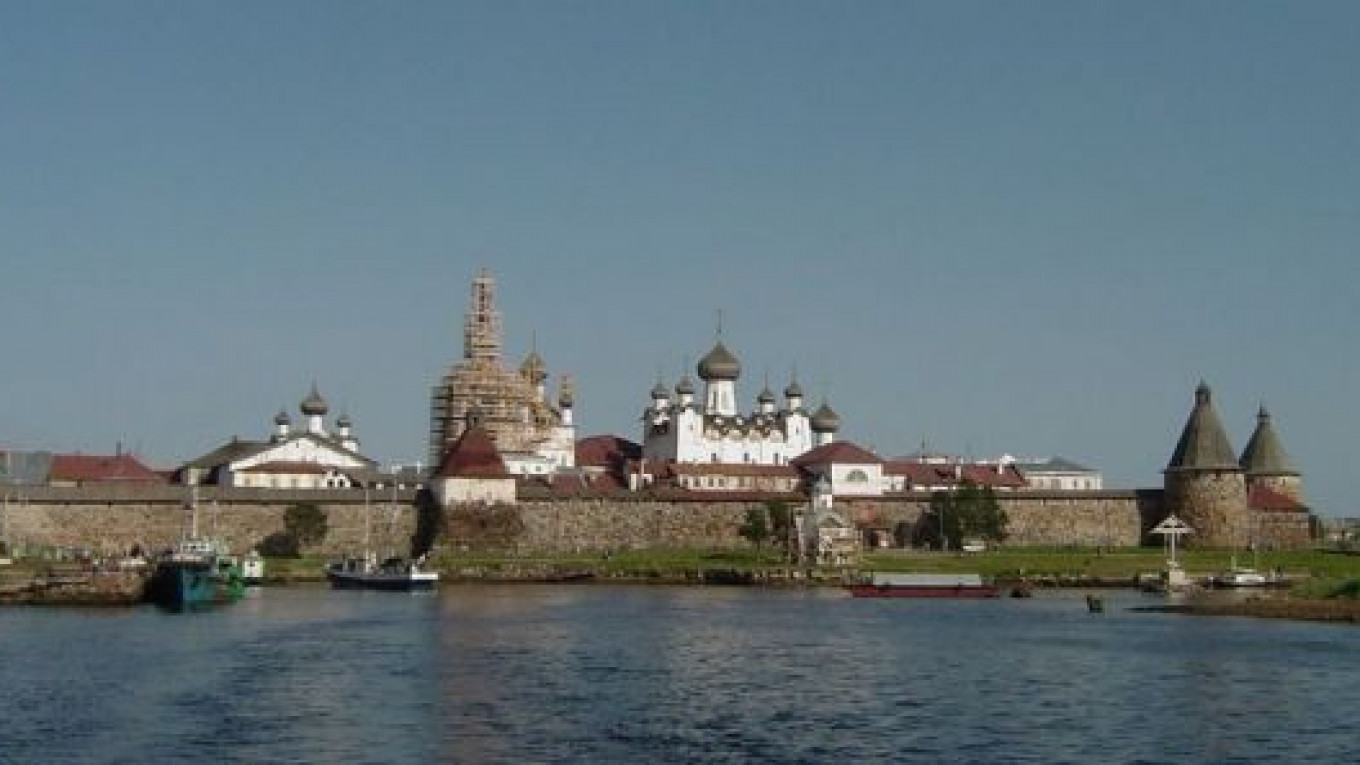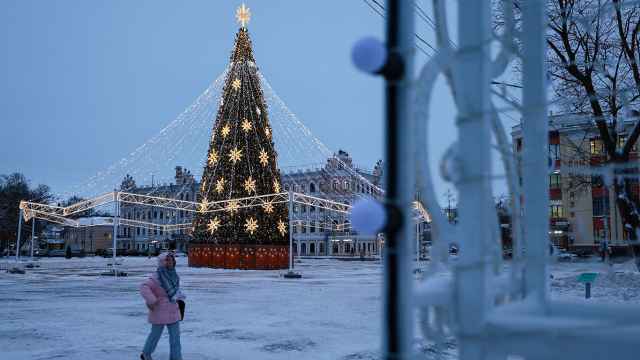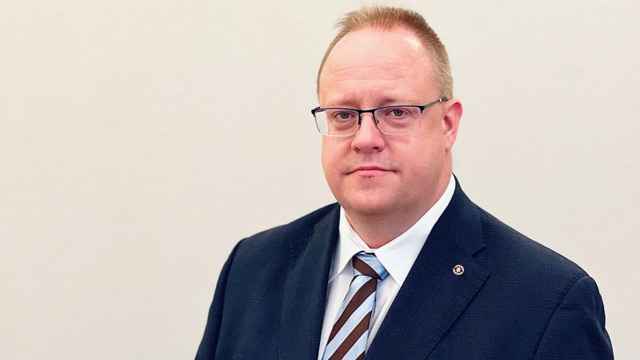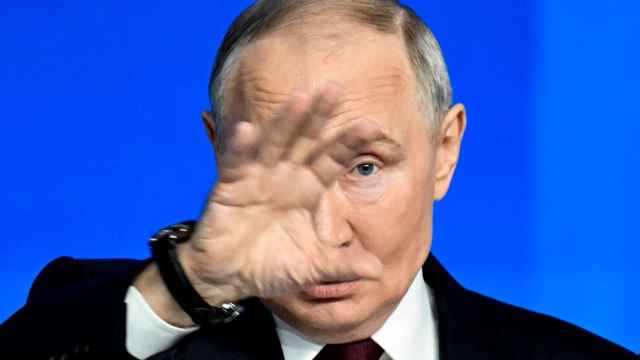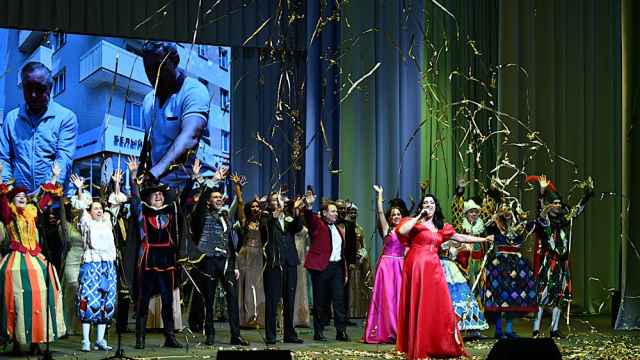Access to the Solovetskiye Islands, home to one of Russia’s most important monasteries, could be restricted in a bid to preserve the archipelago’s “special way of life,” a top ranking clergyman said.
Russian Orthodox Church spokesman Vsevolod Chaplin said Thursday that the Solovetskiye Islands, commonly known as the Solovki, in the White Sea and the Valaam Island in Lake Ladoga — both home to historic monasteries — were among several sites the church is pushing to reclassify as “religious-
historical places.”
“We are currently very carefully working in connection with the topic of Solovki. There is an idea to develop a full federal program. Meetings about this question are taking place practically every week. The questions under discussion are not simple,” he told Interfax on Thursday.
In order to give Solovki, Valaam and other historic sites protected status, serious changes to the law are necessary, he said, adding that the government’s understanding of this was growing.
“Places like Solovki, Valaam and several other monasteries are special places connected with traditional non-Christian religions. It’s not just the buildings and the land, it is a place where there is a special way of life, and this way of life is incompatible with mass tourism, building of entertainment and attractions, or noisy political or mass cultural events,” he said.
Chaplin stressed that places like Solovki should remain open to both pilgrims and tourists, provided that visitors “respect the internal atmosphere and special way of life, or [the places] will simply be lost.”
The monastery at Solovki, a world heritage site, was founded in the 15th century and grew to become one of the richest and most prestigious religious centers in the Russian Empire.
For 16 years in the 1920s and 1930s, it served as a prison for political undesirables, becoming the model for the gulag system of prison camps.
The monastery was restored to the Russian Orthodox Church in the early 1990s, and the islands have become an increasingly popular place of pilgrimage and secular tourism since the monastery was reopened. Today about 30,000 to 40,000 tourists visit the islands each year.
Related articles:
A Message from The Moscow Times:
Dear readers,
We are facing unprecedented challenges. Russia's Prosecutor General's Office has designated The Moscow Times as an "undesirable" organization, criminalizing our work and putting our staff at risk of prosecution. This follows our earlier unjust labeling as a "foreign agent."
These actions are direct attempts to silence independent journalism in Russia. The authorities claim our work "discredits the decisions of the Russian leadership." We see things differently: we strive to provide accurate, unbiased reporting on Russia.
We, the journalists of The Moscow Times, refuse to be silenced. But to continue our work, we need your help.
Your support, no matter how small, makes a world of difference. If you can, please support us monthly starting from just $2. It's quick to set up, and every contribution makes a significant impact.
By supporting The Moscow Times, you're defending open, independent journalism in the face of repression. Thank you for standing with us.
Remind me later.


